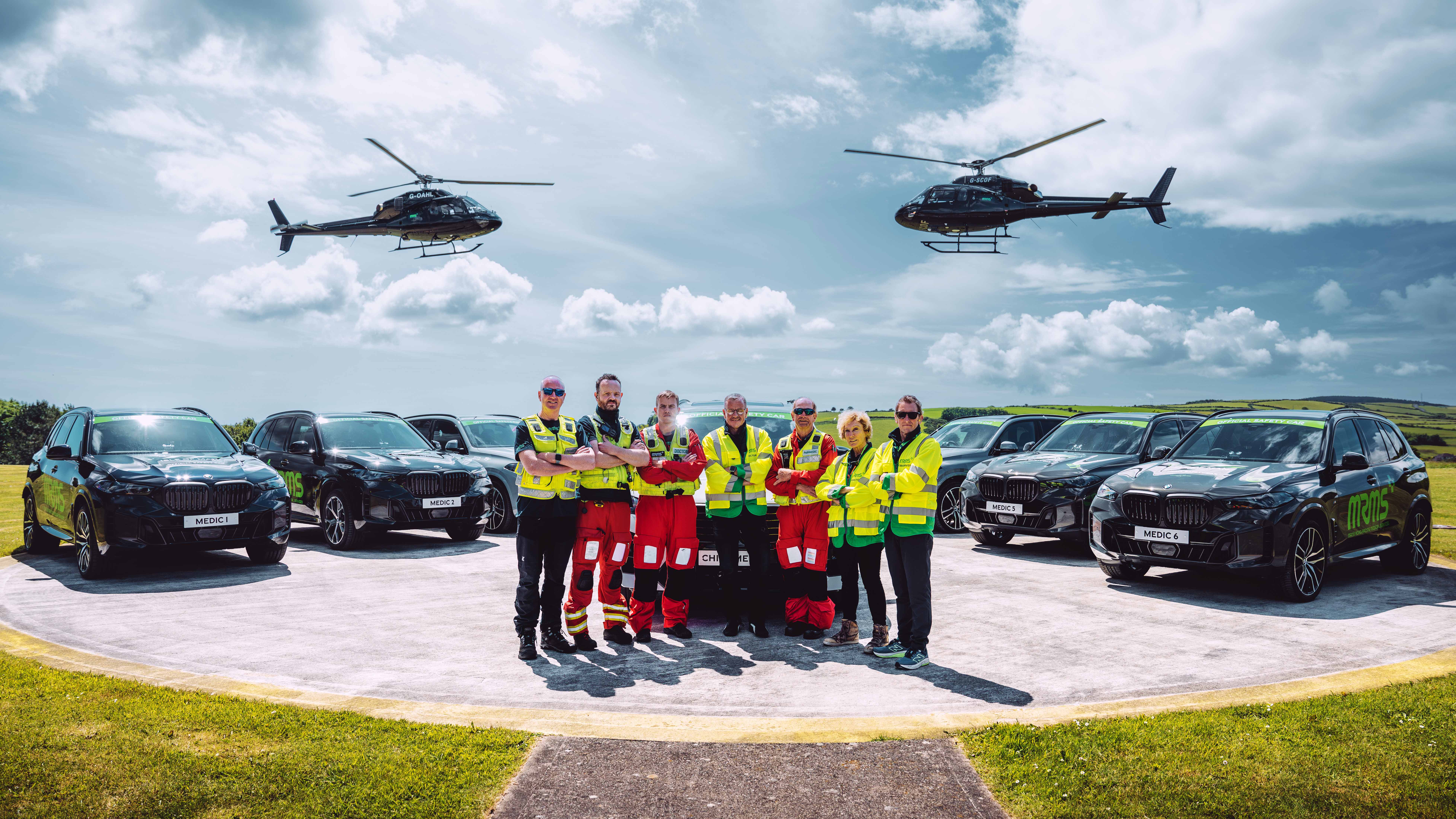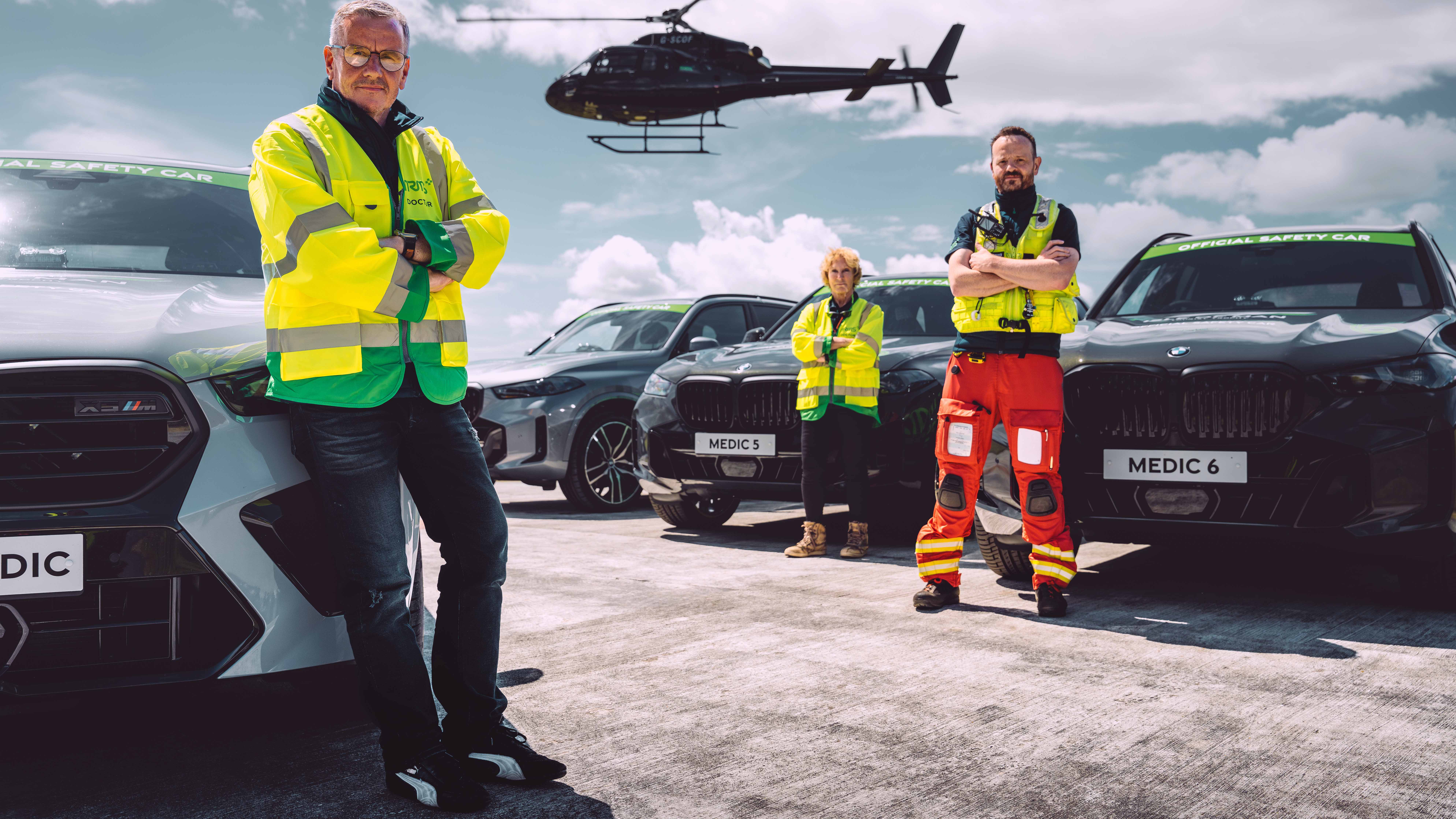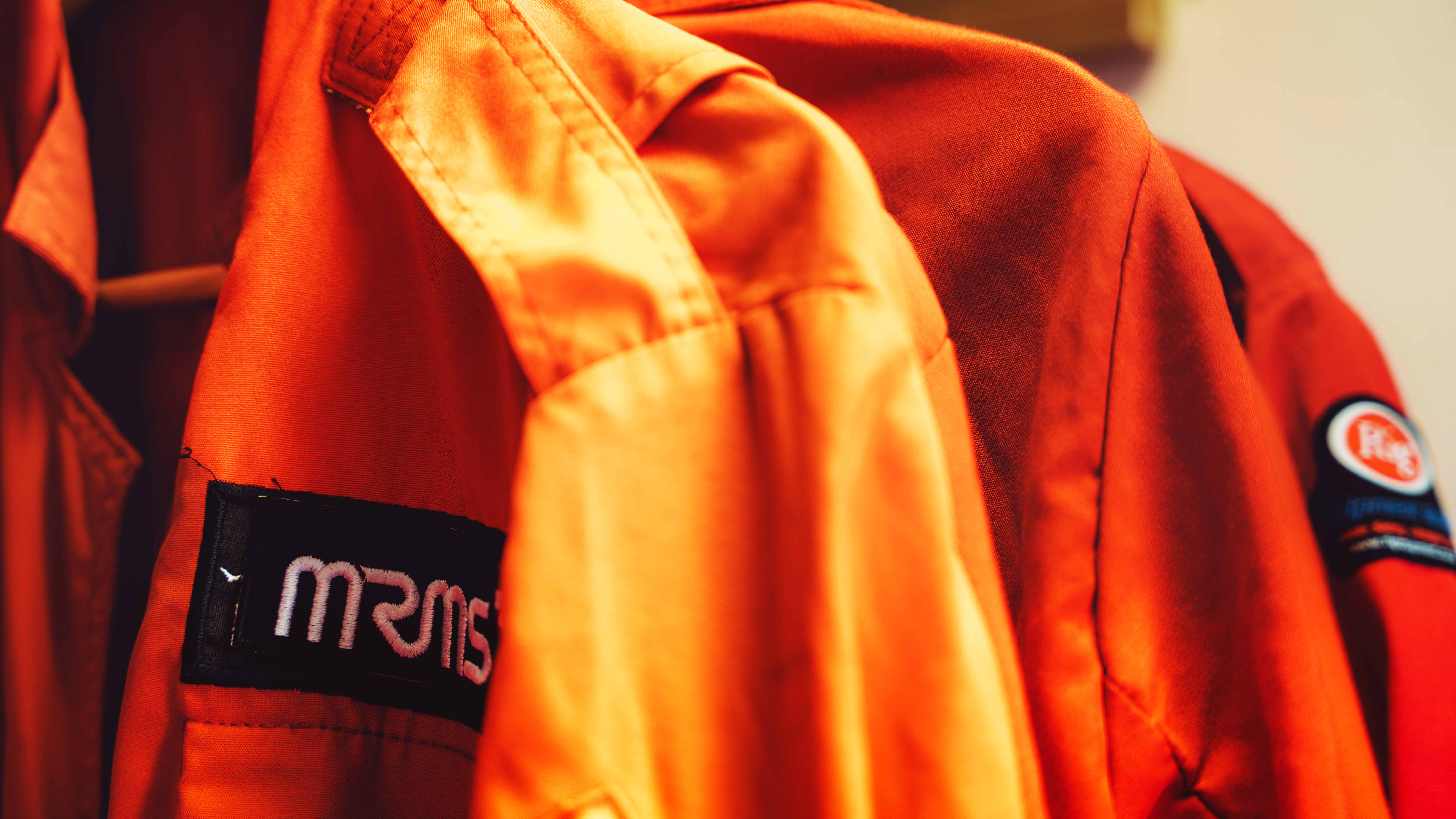
Meeting the medical team behind the Isle of Man TT
TG talks to the people tasked with rider safety
The Isle of Man TT. The most dangerous motorsport event in the world. It’s tempting to assume the TT, the last bastion of motorcycle road-racing, plays fast and loose with safety. That emergency care here isn’t what it could be because, well, there’s 37.7 miles of course to cover and with average speeds now over 135mph and 80-90 bikes on circuit at a time, it’s just too much to ask.
Instead the TT is at the cutting edge of what’s medically possible, “If you look at most circuits, even F1 or Moto GP, they will stabilise [the patient] and evacuate,” said the Isle of Man TT’s chief medical officer, Dr Gareth Davies, “but we are now able to bring the whole hospital, the resuscitation team, the emergency theatre, to the patient’s side and stop the dying process at that point.”
This is revolutionary – and logistically very complex. The trauma team for the TT includes 80 paramedics, doctors, nurses and ambulance technicians, seven fully kitted out BMW X5s, at least two helicopters and several fast response medi-bikes.
Photography: Huck Mountain
Davies is a consultant in emergency medicine who worked at the Royal London Hospital for 30 years, and was simultaneously the medical director of London Air Ambulance. “In London we were always 15 minutes behind the point of wounding, whereas here, we’re on the scene within two or three minutes. It's a unique bit of medicine, the injuries tend to be very complex so we carry all the equipment necessary to perform major trauma surgery on a pavement, in a field, by a hedgerow, wherever really.”
It's not just a matter of reacting fast, but having the support where it’s needed. “We’ve got a heat map of crashes going back over 100 years, so we know the likely black spots and position the response teams accordingly, but the corner speeds they’re now carrying are moving them further down the road, or creating issues in new places.
“The rider’s safety kit has improved dramatically since I started working on the TT back in 1990, with body airbags, PPE and improved helmet standards, but the appeal and uniqueness of the TT is its intrinsic danger and there’s only so much you can do to mitigate against that.”
The medical teams are taking some learnings from the race teams. They now use a shadow-board to make sure every piece of equipment is in the right place before they start a procedure, just as a mechanic would with his tools, and use extensive checklists – essential when there are over 100 pieces of equipment in each of the 140 medical bags out around the course.
But Davies, together with his deputies Sally Simmons and Paul Hancock, and the rest of the MRMS (Manx Road-racing Medical Services) team are trying to get ahead of the curve and work more on accident prevention. “This year for the first time every competitor had a full medical before they were allowed to race. Plus we now have a voluntary research programme with the riders that looks at the physicality of the racing, measuring various parameters and monitoring them during the race.
“We're looking at this data to think how long races should be, because we are finding after six laps people are losing a lot of fluid, they're losing grip strength, they're losing concentration.”
Top Gear
Newsletter
Thank you for subscribing to our newsletter. Look out for your regular round-up of news, reviews and offers in your inbox.
Get all the latest news, reviews and exclusives, direct to your inbox.
Trending this week
- Electric
Top Gear's top 20 electric cars










